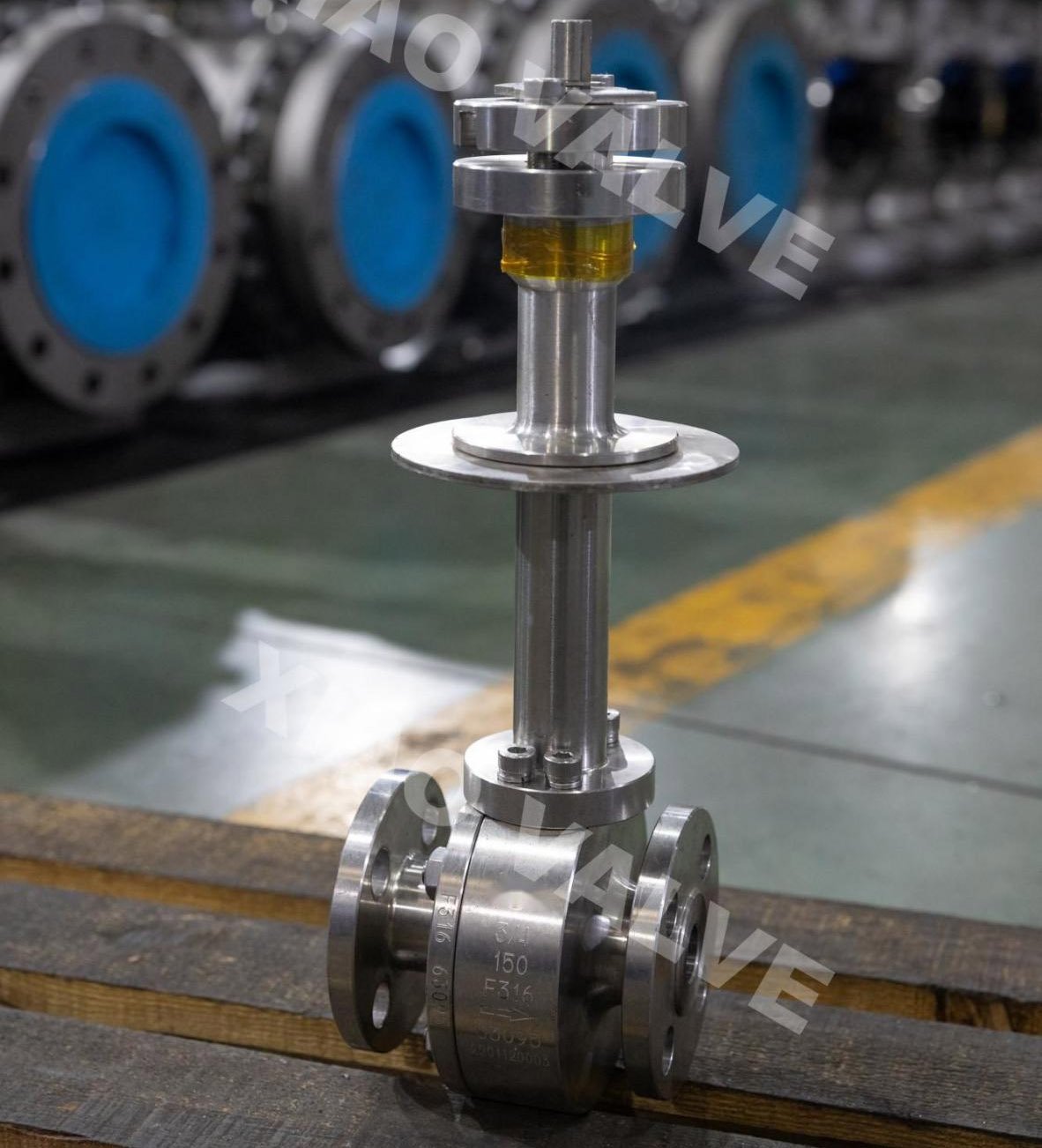Choosing the right ball valve is essential for any piping system. Ball valves control the flow of liquids and gases. They have a circular circle (the ball) that pivots to open or close the stream. Ball valves are generally used because they are sturdy, simple to use, and give a tight seal. However, while choosing a ball valve, you frequently need to pick either a soft seat or a metal seat. Anyway, which is better: soft seat or metal seat ball valve?

Before looking at the soft seat and metal seat ball valves, we should comprehend a ball valve. A ball valve uses a ball with an opening through it. At the point when you turn the valve handle, the ball pivots. If the opening lines up with the line, liquid moves through. Assuming the opening is opposite to the line, the stream stops.
The seat is the piece of the valve where the ball rests when shut. It assumes a key part in fixing the valve. There are two primary kinds of ball valve seats:
A soft seat ball valve involves a non-metallic material for the seat. Common materials include Teflon (PTFE), nylon, and different polymers. Here are a few critical highlights of soft seat ball valves:
A metal seat ball valve involves a metal material for the seat. Normal metals incorporate treated steel and hard compounds. Here are a few vital highlights of metal seat ball valves:
Now that we know the rudiments, we should look at soft seat and metal seat ball valves in more detail.
Soft seat ball valves are great for applications where a tight seal is vital, and temperatures are not very high. Here are a few normal purposes:

Metal seat ball valves are reasonable for high-temperature and high-pressure applications. They are likewise great for grating circumstances. Here are a few normal purposes:
Picking either a soft seat or a metal seat ball valve depends upon your particular necessities. Soft seat ball valves are perfect for applications requiring a tight seal and moderate temperatures. They are simpler to work and keep up with. Metal seat ball valves are ideally suited for high-temperature, high-tension, and rough circumstances. They are more sturdy and can deal with outrageous conditions.
Soft Seat: Produced using non-metallic materials like Teflon. Gives a tight seal, works without a hitch, and is impervious to consumption. Best for low to medium temperatures.
Metal Seat: Produced using metals like treated steel. Can deal with high temperatures and tensions. More stronger and wear-safe yet may have slight spillage.
Use a soft seat ball valve when you want a tight seal and are working with moderate temperatures. They are great for water treatment, food and drink, drugs, and air conditioning frameworks.
Pick a metal seat ball valve for high-temperature, high-strain, and rough circumstances. They are appropriate for enterprises like oil and gas, power plants, substance plants, and mining.
https://www.xiaovalve.com/which-is-better-soft-seat-or-metal-seat-ball-valve-2/
